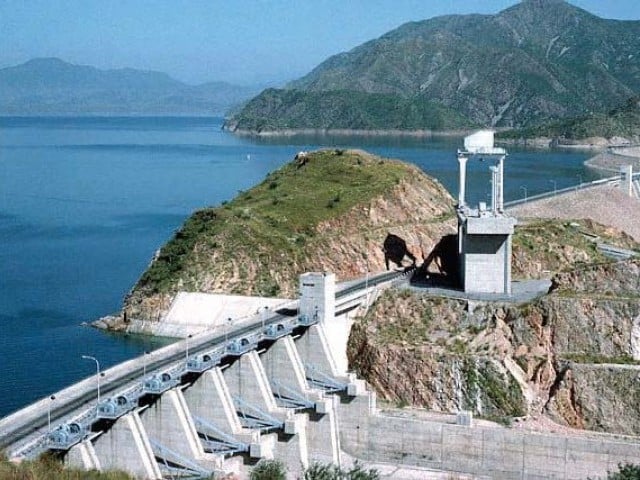ISLAMABAD
The shortage may reach 25% in April and May, with a serious crisis in June, raising the possibility of a waterfall scarcity in the upcoming summer.

In the northern parts of the nation, there was very little snowfall between December 2023 and the middle of January of this year.
The snowfall that fell between the middle of January and February of this year was currently melting.
According to sources, there might be a serious water deficit in the Tarbela and Mangla dams if it doesn’t rain in June.
The advisory council of the Indus River System Authority (IRSA) met on April 2 in an effort to find a solution to the problem of water availability and distribution to the provinces during the summer of this year.
According to the sources, there were currently 300,000 and 100,000 acre-feet of water reserves in the Tarbela and Mangla dams, respectively.
They stated that although the release from the dams was 95,000 cusecs, the water flow in the rivers was 70,000 cusecs.
The Chenab River has very little water flow even with the rising temperatures.
According to the sources, the Chenab River at Marala Headworks had a flow rate of 14,000 cusecs.
The distribution and availability of water in the rivers will be estimated by the attendees of the IRSA advisory committee meeting.
The sources went on to say that they will take into account the issues with water reservoirs brought on by the Tarbela 5th Extension project’s construction.
The head of IRSA will chair the meeting.
Officials from the Meteorological Department, Water and Power Development Authority (WAPDA), and the four provincial irrigation ministers will be present.
With the help of the Tarbela 5th Extension project, the nation’s electricity generation capacity will be able to grow sustainably and offer a cheap, clean, renewable energy source.
The project will increase capacity by 1,410 MW, generating about 1,800 GWh of power annually, mostly during the summer when demand is highest.
The primary supply of water for Sindh, Punjab, Khyber-Pakhtunkhwa, and Balochistan is Tarbela Dam.
Tarbela Dam achieved its maximum elevation of 1,550 feet above sea level last year.
With an installed capacity of 4,888 MW, Tarbela Dam has a live water storage capacity of 5.809 million acre-feet. Following the completion of the Tarbela 5th Extension Project, this will rise to 6,418 MW.










































